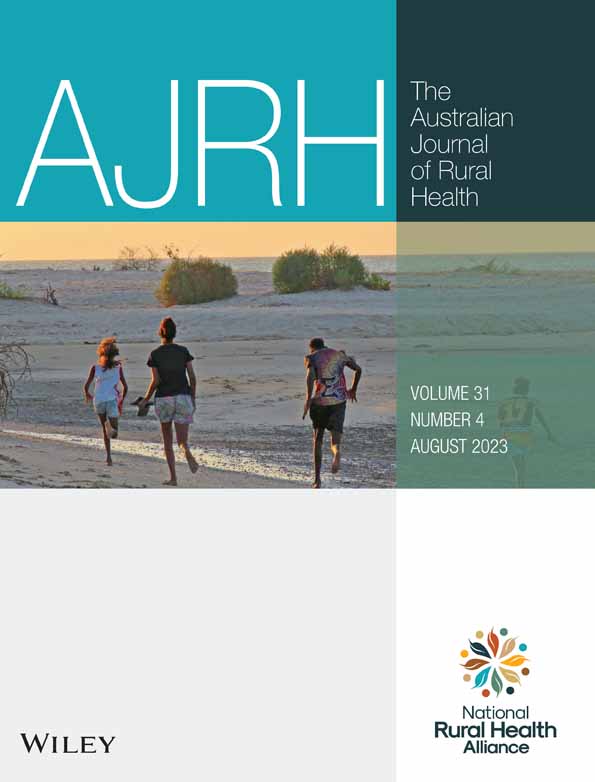PRISM study—Pre-natal iron deficiency screening and management within an Australian regional centre
Abstract
Introduction
Current Australian guidelines differ in their recommendations on optimal iron deficiency anaemia screening and management during pregnancy. A more active approach to screening and treatment of iron deficiency in pregnancy has been beneficial within a tertiary population. However, this approach has not been evaluated within a regional healthcare setting.
Objective
To evaluate the clinical impact of standardised screening and management for iron deficiency in pregnancy within a regional Australian centre.
Design
Single centre, retrospective cohort observational study that audited medical records pre and post implementation of standardised screening and management for antenatal iron deficiency. We compared rates of anaemia at birth, rates of peripartum blood transfusions and rates of peripartum iron infusions.
Findings
There were 2773 participants with 1372 participants in the pre-implementation group and 1401 in the post-implementation group. Participant demographics were similar. Anaemia at admission for birth decreased from 35% to 30% (RR 0.87, 95% CI (0.75, 1.00), p 0.043) Fewer blood transfusions were required (16 (1.2%) pre-implementation, 6 (0.4%) post-implementation, RR 0.40, 95% CI(0.16, 0.99), p 0.048). Antenatal iron infusions increased from 12% to 18% of participants post implementation (RR 1.47, 95% CI(1.22, 1.76), p 〈0.001).We audited compliance with the guidelines and found improvements post implementation.
Discussion
This is the first study to show clinically useful and statistically significant reduction in rates of anaemia and blood transfusions, post implementation of routine ferritin screening and management within a regional Australian population.
Conclusion
The results of this study suggest there is benefit to implementation of standardised ferritin screening and management packages in Australian antenatal care. It also encourages RANZCOG to review current recommendations on screening for iron deficiency anaemia during pregnancy.
CONFLICT OF INTEREST STATEMENT
All authors declare that they have no conflicts of interest.




